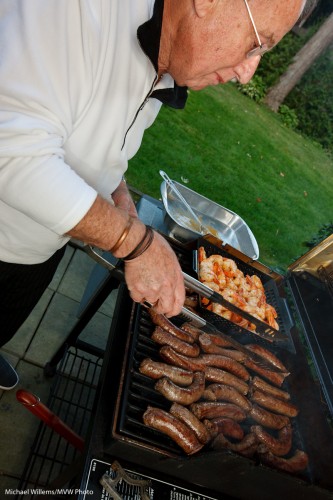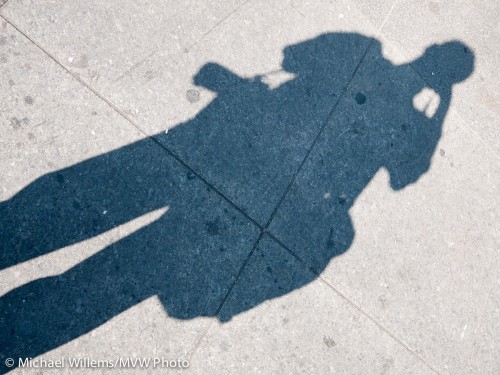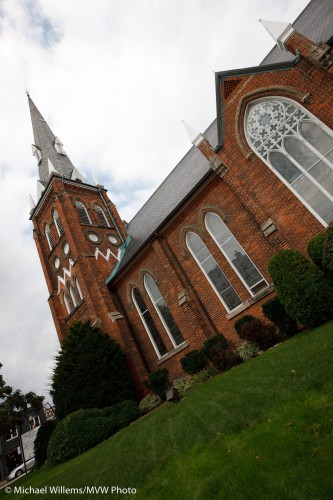Legally speaking, a Dictum is “a statement of opinion or belief considered authoritative though not binding, because of the authority of the person making it”. More generally, it is “a noteworthy statement: as (a) : a formal pronouncement of a principle, proposition, or opinion; (b) : an observation intended or regarded as authoritative.” Google it if you want.
So, assuming you know me and trust my judgement, you may well be interested in my Top Ten Dicta:
- Bright pixels are sharp pixels. The more you make your subject bright pixels, the more it will be sharp and crisp. Noise hides in the darkness, like cockroaches. Light your subject and it becomes sharp.
- Go wide and get close. Wide angles combined with proximity to something introduces depth and perspective into y our images.
- Indoors flash: point your flash up, 45 degrees behind you. This gives you the correct light angle for close-by portraits, like in events.
- Indoors flash: Use the “4-4-4″ rule” as your camera setting starting point: Camera on manual, 400 ISO, 1/40th sec, f/4. Then adjust for brighter or darker rooms, to give average ambient exposure of around -2 stop.
- Turn baby turn. Feel free to angle your shots whenever you like. Composition, simplifying, energy: whatever your reasons. It’s cool, it’s allowed.
- You, and the lens, make the picture. Cameras are cool – I buy a lot of them – but the picture is made by you – even an iPhone can produce cool shots – and more technically, by the lens. A good lens on a cheap body is great. A cheap lens on a good body, not so much.
- Go Prime If You Can. Prime lenses lose on convenience but win in every other way. I love my 35mm f/1.4 lens.
- Use off-centre composition and the rule of thirds in your compositions.
- Get close: fill the frame. This so often makes your images better, it is worth stressing as a Dictum.
- Simplify! Ask yourself: is everything in my image the subject or the supporting background? If not, get rid of it. A circle has 360 degrees.
That’s my wisdom in a nutshell. Do you know, understand, feel, and above all use all ten principles above?
Learn about these and much more in one of my training or private coaching sessions. There is 10% December Discount – this is a great time to consider buying a friend a session with me: buy a Gift Certificate for the holiday season!



